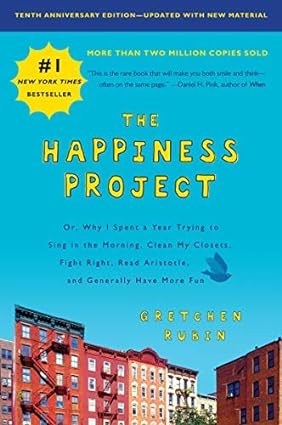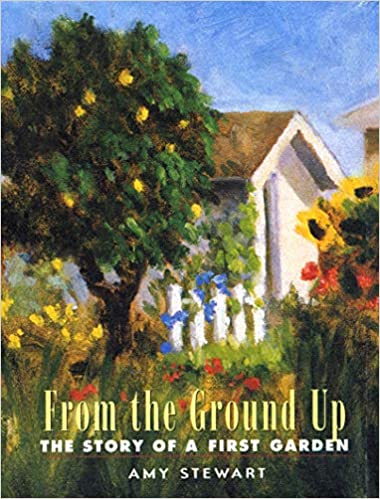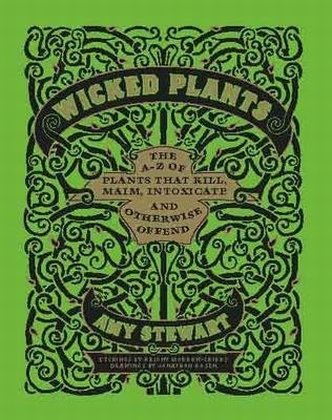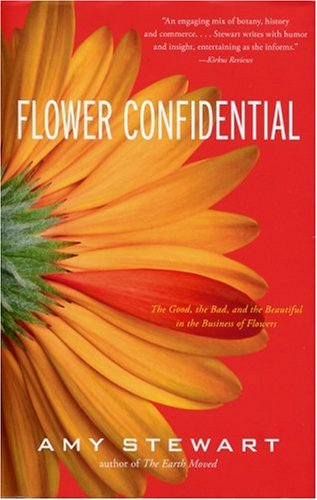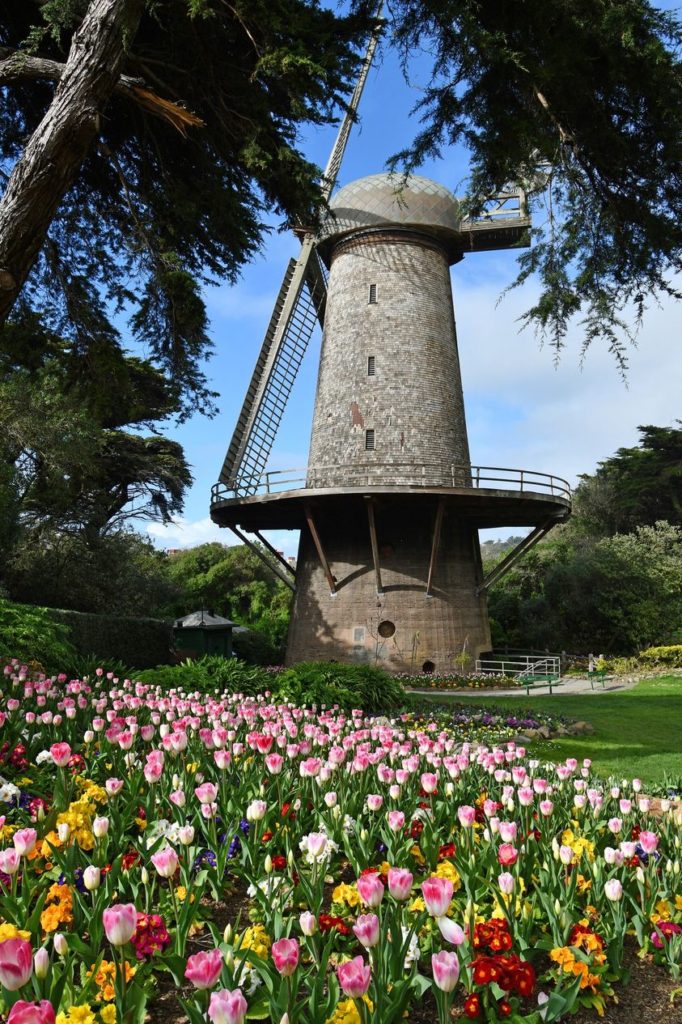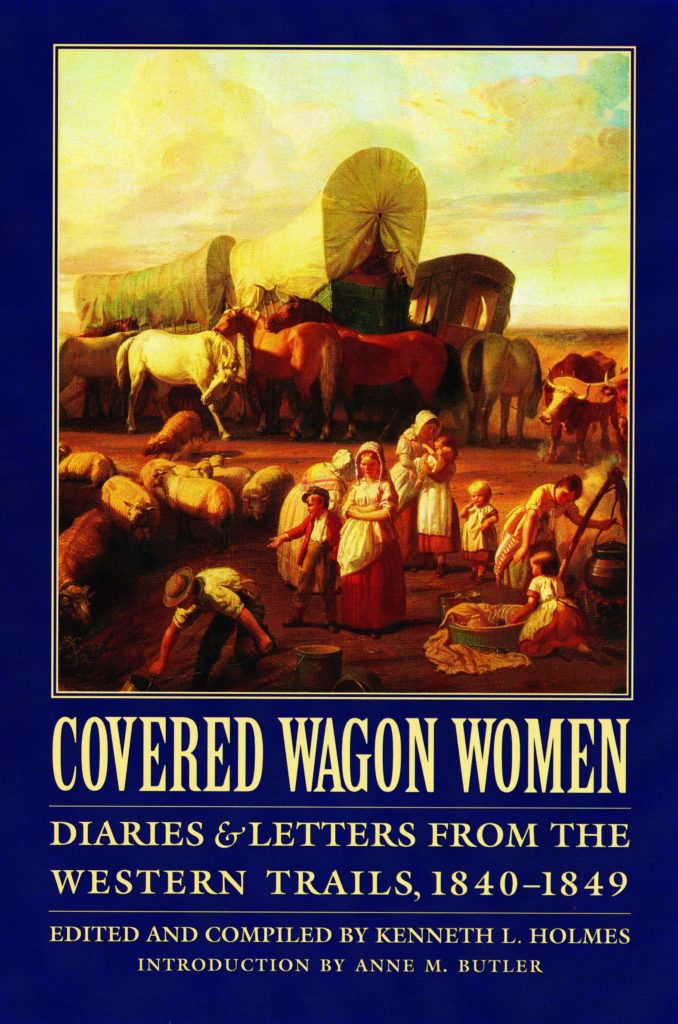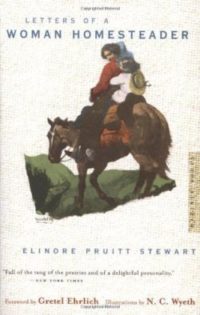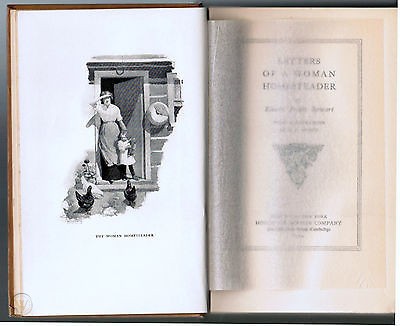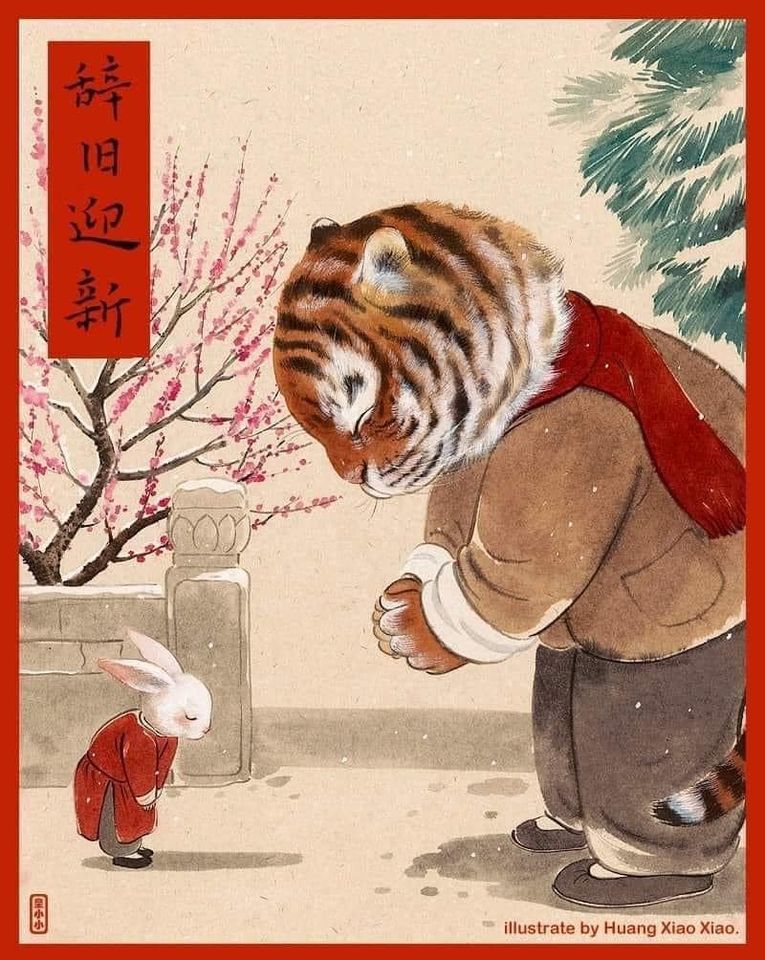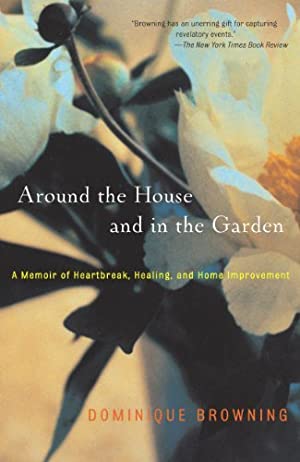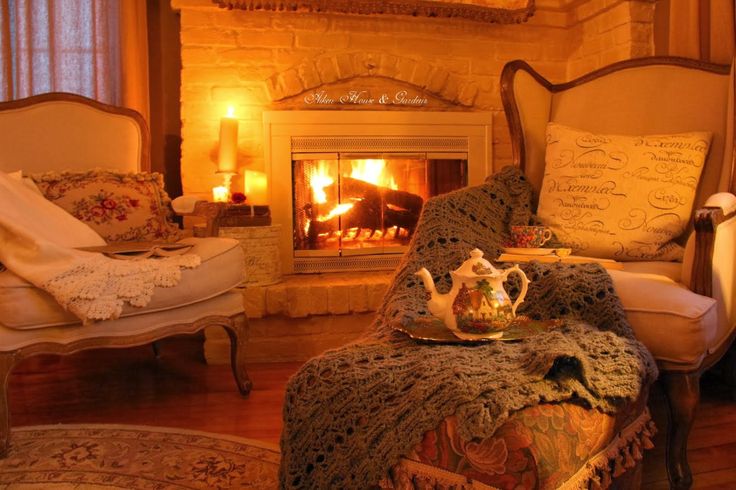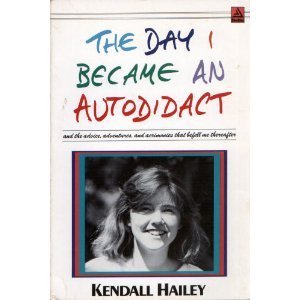The Happiness Project by Gretchen Rubin
I am focusing on happy things right now – walks with Husband, long talks with good friends, fresh peach ice cream, a pedicure, Netflix comedy specials, and finishing a page turner/thriller I started on the plane (more on that later).
The other day, I heard about new book from and co-written by Oprah (yes she’s baaaack) and it’s getting lots of press. More about that book HERE.
I may order this book from the library eventually, but in the meantime I remembered I had this one my shelves and dug it out the other day.
The Happiness Project: Or Why I spent a Year Trying to Sing in the Morning, Clean my Closets, Fight Right, Read Aristotle and Generally Have Way More Fun
I know I at least browsed through this book years ago, after picking it up at the library book sale, but I really didn’t remember it. I’m not a big fan of self-help books, but I decided to give it try again ~~
Gretchen Rubin had an epiphany one rainy afternoon in the unlikeliest of places: a city bus. “The days are long, but the years are short,” she realized. “Time is passing, and I’m not focusing enough on the things that really matter.” In that moment, she decided to dedicate a year to her happiness project. She decided to spend a year devoting each month to a “theme” designed to make herself happier and then write about it.
The introduction explains that while she was content – she wasn’t really happy, and because she’s a mom and wife she couldn’t escape to an island and stroll beaches — so she had to do her ‘happiness project’ from home.
I enjoyed the introduction and found some laughs as I picked through chapters, and I even related to some of her insights.
It was time to expect more of myself. Yet as I thought about happiness, I kept running up against paradoxes. I wanted to change myself but accept myself. I wanted to take myself less seriously — and also more seriously. I wanted to use my time well, but I also wanted to wander, to play, to read at whim. I wanted to think about myself so I could forget myself. I was always on the edge of agitation; I wanted to let go of envy and anxiety about the future, yet keep my energy and ambition.
She cleaned closets and de-cluttered, while another month she focuses on friendships encouraging us to make time for friends and to be there. Even all those events you don’t like? Tupperware sales party- just do it! In the same vein, Ms. Rubin goes on to suggest that we should reach out and make three new friends. That’s a tough one for me, I can’t keep up with the beloved friends I have now. Plus, as I get older (and with lingering post COVID social anxiety), the ‘make new friends thing’ takes much more effort.
Another chapter is about treating her husband better as she is a nag, and while I am not a nag, I sometimes don’t appreciate or cherish my Husband as I should every day and the following quote really hit home….I need to be better at this.
He is my fate. He’s my soul mate. He pervades my whole existence. So, of course, I often ignore him.
October’s chapter was pay attention – be in the moment.
November: Keep a contented heart. Here she mentions laughing, using good manners and giving positive reviews. (Whoops I’m not taking her advice on that last one right now.)
I tried Book Barmy friends, I really tried, to make this book work for me and help me – but found I was growing bored and somewhat weary of her simplistic view of happiness.
Is happy being in a constant state of bliss or exuberance? Or is it finding contentment? Or is happiness simply not wanting to kill someone today?
I think – no I know happiness is different and unique for everyone. One friend swims in the frigid waters of the bay, another loves sewing, and yet another volunteers as a school aid.
So I’ll go back to my own list of things that make me happy – they are tried and true; I have a 700-page best seller on my Kindle (great happiness), there’s a new Netflix series to try (hopeful happiness) I haven’t made Husband’s favorite dinner in a long time (favorite thing to do), there’s a new city park to explore (oh yay) and as they say, if you have a garden and library you have everything you need.
When I think of happiness, I am always reminded of the last scene of Love Actually – where Hugh Grant narrates that the best place to see love (and I’ll add happiness) in action is at the arrivals gate at Heathrow (or any airport for that matter).
From the Ground Up by Amy Stewart
With apologies to those in colder climes, spring has come to our little garden. The daffodils are up and earlier this year, we let our seven year old friend plant our bulbs wherever he wanted. The result is a lovely madness of blooms. Bunched together in some spots and varieties mixed together willy-nilly. Makes me smile with delight.*
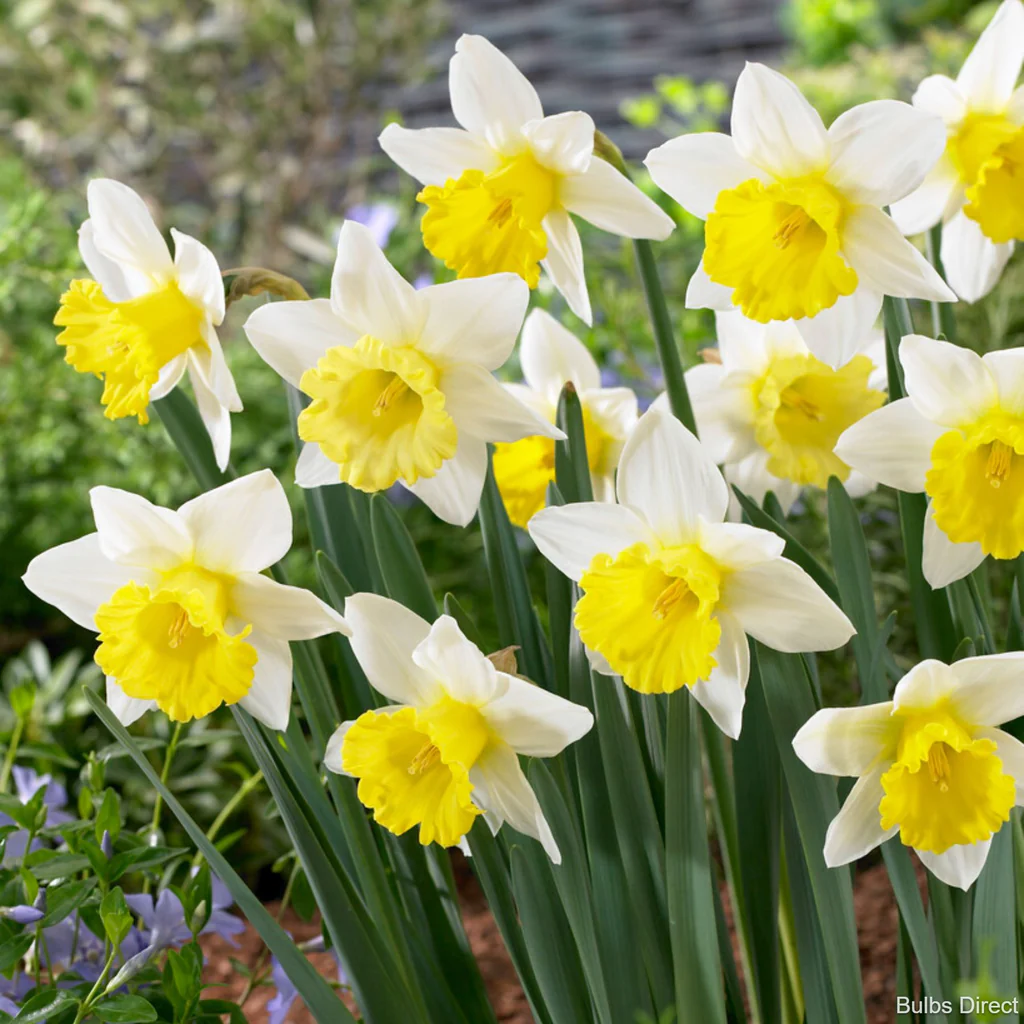
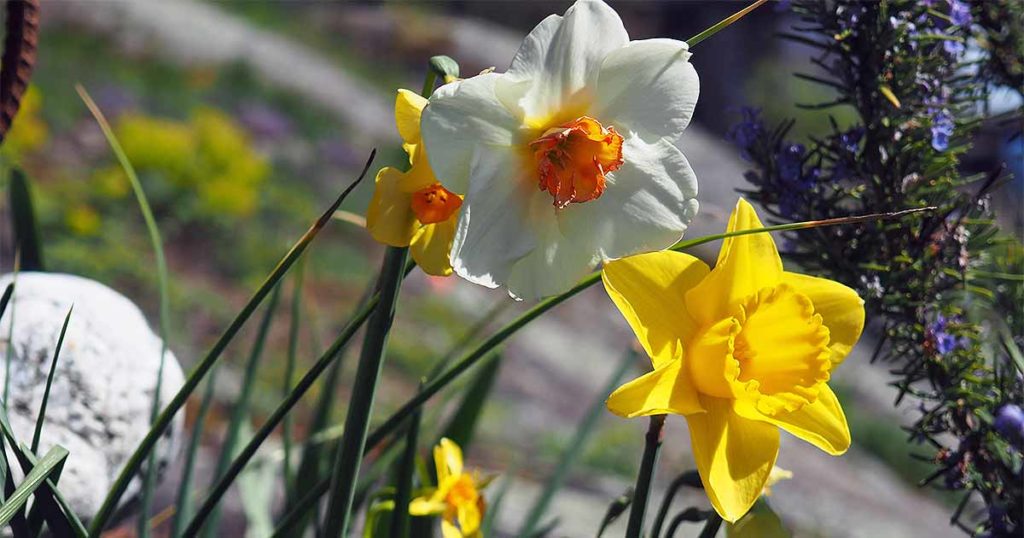
So there I was cutting these daffs to take indoors when my thoughts turned to our garden at large. So much to do after the rains – oh the weeds – the weeds. Luckily, our seven year old child laborer gardener is also keen to help weed. No matter if he pulls up the wrong thing – odds are in our favor that he does indeed pull mostly weeds.
The other evening, my thoughts turning to more gardening, I turned to my collection of gardening books and pulled out an old favorite. Not an instructional garden book, but a memoir of a first garden.
From the Ground Up by Amy Stewart
I read this first when it came out in 2001 — during those dark days after 9/11 and I needed simple distraction. I just re-read it again and was once again surprised by how much I enjoyed this little gardening book.
From the book’s flyleaf:
Amy Stewart had a simple dream. She yearned for a garden filled with colorful jumbles of vegetables and flowers. After she and her husband finished graduate school, they pulled up their Texas roots and headed west to Santa Cruz, California. With little money in their pockets, they rented a modest seaside bungalow with a small backyard. It wasn’t much—a twelve-hundred-square-foot patch of land with a couple of fruit trees, and a lot of dirt. A good place to start.
From the Ground Up is Stewart’s quirky, humorous chronicle of the blossoms and weeds in her first garden and the lessons she’s learned the hard way. From planting seeds her great-grandmother sends to battling snails, gophers, and aphids, Stewart takes us on a tour of four seasons in her coastal garden. Confessing her sins and delighting in small triumphs, she dishes the dirt for both the novice and the experienced gardener. Along the way, she brings her quintessential California beach town to life—complete with harbor seals, monarch butterfly migrations, and an old-fashioned seaside amusement park just down the street.
This garden memoir is set just down the coast from us in Santa Cruz and I can relate to the coastal garden trials and tribulations. Furthermore, Ms. Stewart captures the mindset of the amateur gardener with all its joys, mysteries and disappointments. And I’ve made all the mistakes and I’ve had the joy and disappointment. From the Ground Up is interwoven with some viable garden tips — but it’s more than just a gardening book – it’s a book about life. Just read this excerpt:
But gardening is none of that, really. Strip away the gadgets and the techniques, the books and the magazines and the soil test kits, and what you’re left with, at the end of the day, is this: a stretch of freshly turned dirt, a handful of seeds scratched into the surface, and a marker to remember where they went. It is at the same time an incredibly brave and an incredibly simple thing to do, entrusting your seeds to the earth and waiting for them to rise up out of the ground to meet you.
If you have the gardening bug or you know someone who does. Whether you are into one specific species of plant or an eclectic gardener (we definitely fall into the latter category) — or even if you’d rather garden from your comfy chair – From the Ground Up is a delightful story of a new gardener, her first garden, and how she and her garden grew and changed.
Ms. Stewart is also know for several other garden books which are very well regarded.
One about the history of poisonous plants and their victims.
And another about the flower industry
Both look very interesting for someday.
But for now, From the Ground Up will go back to its place on my shelves for yet another re-read.
* Out here we have to plant new bulbs every year because in our temperate climate and without frost — very few bulbs re-bloom.
Lest you think we are the only ones with bulbs planted in wild abandon – check out the tulip garden in Golden Gate Park…also makes me happy. I wonder if they have their own child gardening helpers?
A Kick in Attitude
This past weekend, I pulled my back wrong and then my knee started acting up and I was hobbling around like I was ancient (which I’m not – yet). Then, given the horrific shootings, Chinese New Year was a somber affair among our neighbor friends. No parties or sharing of cheerful foodstuffs.
In short, I was feeling sorry for myself, a state of mind which I abhor.
Whenever I catch myself having a pity party — I pull out either of these two books and open to any page to remind myself what a plum and cushy life I lead.
Covered Wagon Women
Edited and Compiled by Kenneth L. Holmes
Covered Wagon Women was recommended by friend (looking at you, with love, GH) many years ago and it still has a treasured place on my shelves — just for times like this when I need to kick my ass attitude out of an inappropriate bad mood.
These are the collected diaries and letters of fourteen pioneer women traveling west in covered wagons during the 1840’s.
Mr. Holmes, a historian has left everything in its original source — unedited diary entries, letters and other correspondence. This is how the women actually wrote then, complete with original dialect, spelling, and punctuation — complete with mistakes. The women speak in their own voices, without any modern influence. It will take you a few pages (or chapters) to get into the rhythm of their voices — and figure out the spelling — but after a bit, you get the hang of it. Whenever I re-open this book and read an entry or two, I always feel like I am actually there in the wagon listening to their personal accounts.
Every entry gives a slightly different viewpoint on the hardship and horror these remarkable women experienced and endured to discover new lives out west. Some are mundane, others soul-crushing, and some spirit-lifting. We read of Tamsen Donner and young Virginia Reed, members of the ill-fated Donner party; Patty Sessions, the Mormon midwife who delivered five babies on the trail between Omaha and Salt Lake City; Rachel Fisher, who buried both her husband and her little girl before reaching Oregon.
Because this collection is told from a woman’s point of view, domesticity is shown to be a means of survival, much as a gun. They cooked meals every day under dire circumstances. They sewed, weaved, knitted and mended clothes and bedding. They washed up when they had enough water, but went dirty for weeks if required. They walked miles over some of the roughest terrain America possesses – rocks, sand, dust, mud – over flat rutted trails and up and down mountain paths. They fed and milked cows, helped keep oxen and horses alive, birthed babies and buried them.
There is much unsaid in these letters. They rarely speak of their personal suffering, but instead relate what happened simply and factually. Despite the brevity, when a letter mentions how long they went without water and how many animals and people died because of it, it is easy to read between the lines.
There are 11 books in this series, and maybe someday I will tackle more, but for now this first in the series is enough to remind me of the luxuries in my life – water at the turn of a faucet, a warm bed, soap – well, you know what I mean.
Get yourself out of your bad mood and check out Covered Wagon Women – available at your local library.
Letters of a Woman Homesteader
by Elinore Pruitt Stewart
In the same vein, but not nearly as grim, is Letters of a Woman Homesteader, which I have read cover to cover.
As a young widow Elinore Pruitt left Denver in 1909, with her young daughter, and set out for Wyoming, where she hoped to buy a ranch. Determined to prove that a lone woman could survive the hardships of homesteading, she initially worked as a housekeeper for a neighbor — a kind but taciturn Scottish bachelor, whom she eventually married.
In twenty-six letters written to a friend back in Denver, she joyfully records her days, not considering the life she has chosen on the frontier as hardship. Instead, she revels in the natural beauty of her surroundings and in her friendships with like-minded women in her frontier community.
Elinore and her friends, face the unexpected with courage and good humor. They live unselfishly, and are overly generous with kindness and deeds for those less fortunate. She tells of unified and skillful hospitality; impromptu weddings, spur of the moment feasts for strangers, and designing and sewing wardrobes for a needy family in just a few days time.
Spring and summers were hard, she concedes, and were taken up with branding, farming, doctoring cattle, and other chores. But with the arrival of fall, Pruitt found time to take her young daughter on camping trips and serve her neighbors as midwife, doctor, teacher, Santa Claus, and friend.
My well-worn copy contains the original illustrations by N. C. Wyeth. However, I found out the digital version of Letters of A Woman Homesteader is free — as this classic is in the public domain.
Described by the Wall Street Journal as “warmly delightful, vigorously affirmative,” this classic of American frontier life will charm today’s audience as much as it fascinated readers when it was first published in 1914.
The reading is indeed enjoyable and flows beautifully — it reads like a novel.
So there you go. In a bad mood? Need a good kick in the attitude? Instead of self help books or those cheesy gratitude journals, read about women who met extreme hardship and tough lives with bravery, strength, humor, kindness, and grace.
Now I have to go unload my wonderfully modern and convenient dishwasher – no tin pans rinsed in the creek for me.
I’m a very lucky gal – pity party is over.
With respect to the new Lunar New Year.
Around the House and Garden by Dominique Browning
Back in my advertising days, I was lucky enough to be part of the magazine publishing industry – only peripherally, but still a wonderful perk. In that time, printed magazines were a honorable part of advertising media, with wonderful (and sometimes not so wonderful) full page advertisements. Another benefit of advertising in magazines, was the complimentary subscriptions we received. One of my favorites was House and Garden magazine.
House & Garden editor-in-chief, Dominique Browning, wrote a monthly column for the magazine and this lovely book brings together those columns. They cover personal stories and essays about home decorating, gardening, and raising children with universal themes of domestic life.
In Around the House and in the Garden, Browning adapts and expands these well-loved pieces, adding dozens of new essays, to create an insightful and moving narrative about the solace and sense of self that can be found through tending one’s home.
From the book blurb:
Around the House and Garden is a book for anyone who has ever felt the need to reinvent a life or a space, who has ever fallen in love with the idea of home – the place where we reinvent ourselves.
I’ve had this book for years and never got all the way through it. A while ago, I re-started it and left it next to my bed to read a chapter a night — they are each distinct, none are more than four pages, and easy to digest independently. And while I thought I would read one essay before sleep, in the end, I found myself reading the last half the book in one sitting.
Ms. Browning weaves in many reflections on her life in her two homes. The houses come to symbolize the state of her heart and mind. Some are sad, as she tries to bounce back from a divorce, yet it’s also a wonderfully uplifting book. I loved reading about her journey of healing while remaking her home and her reflections on gardens, decorating, and cultivating the comforts of a home.
It especially speaks to anyone starting over in their lives after a divorce, but could be just as useful to anyone attempting to create some kind of spiritual retreat in which to nurture their bodies and souls.
When I was reading this beautifully written book, I imagined myself sitting in a cozy living room having a cup of tea and a long talk with a lovely, yet vulnerable Ms. Browning — only after we had taken a long stroll through her gardens.
This book is Book Barmy prescribed for these long winter nights when you need calming, gentle, diversionary material to lull you to sleep while trying not to think obsessively about something that can wait until tomorrow.
Taste by Stanley Tucci
With some pride, I admit I make a mean spaghetti sauce – a recipe handed down from my maternal great-grandmother who got the original from a newly immigrated Italian family – or so the story goes. Anyway it is Husband’s favorite meal and I make it on his birthday with plenty of extra sauce to freeze for during the following months.
This year, I deviated for Husband’s birthday. Why you may ask? Well I had just started Stanley Tucci’s memoir Taste and the way he describes his families’ ragu made my mouth water. The book contained the recipe (among others) and I followed it to the letter. It was very, very good, – a little simpler, a bit lighter, and fresher. It won’t replace my mother’s/great grandmother’s version, but it was in one of the first few chapters –and I just had to try it.
But lets get to the book shall we? Taste falls into the genre of narrative cookbooks, but this is more of a memoir of meals and should come with the following advisory:
Warning. Reading this book may cause unexpected weight gain.
Stanley Tucci recently had a CNN series touring Italy and …eating … and eating. As I watched the series, I remember how much I like Stanley Tucci – he is funny, smart, and good looking. I loved him in ‘The Devil wears Prada,’ and ‘Julie and Julia. But reading this book, I was also reminded of his film from 20+ years ago ‘The Big Night’ which showcases his love of cooking and food.
Taste is Mr. Tucci’s own story about the importance of food and family. His upbringing and relationship to food throughout his life. A funny and wry writer who leads you through his life, career, the ups and downs, interlaced with frequent recipes, memorable meals and food experiences.
With charm and wit, he shares personal anecdotes to show how food influenced his life and how food connects him to his family and Italian heritage. He also shares his health battles and a very relatable (we were all there) section on how his family handled the pandemic.
Reading Mr. Tucci, I was in the presence of a foodie of the best sort. One who makes sure you are comfortable, with a drink in your hand, and takes undisguised joy in preparing a wonderful meal for loved ones to enjoy around a warm and welcoming table. But it’s not just the cooking and preparing of food. Taste shares Mr. Tucci’s love of good ingredients and our relationship to those ingredients is of great importance.
To me, eating well is not just about what tastes good but about the connections that are made through the food itself. I am hardly saying anything new by stating that our links to what we eat have practically disappeared beneath sheets of plastic wrap. But what are also disappearing are the wonderful, vital human connections we’re able to make when we buy something we love to eat from someone who loves to sell it, who bought it from someone who loves to grow, catch, or raise it. Whether we know it or not, great comfort is found in these relationships, and they are very much a part of what solidifies a community.
While I found Taste a little jumpy and in need of some editing, it was really enjoyable. There are many fun vignettes and the food descriptions are absolutely wonderful — see advisory above. He describes his mother’s wonderful cooking, praises restaurants where he had fantastic meals (sadly many now closed), and goes on (and on — where was his editor?) about food that made a lasting impression on him. His description of the best spaghetti carbonara he’s ever had will have you salivating. And if you’re still using grocery store parmesan in the green can, Taste will have you contemplating saving your pennies dollars for some real Parmigiano Reggiano.
Mr. Tucci is a Hollywood star with famous friends and he does do some name dropping which he endearingly fesses up to right at the beginning. He is also able to frequent the best butchers, greengrocers, and specialty food shops in London where he now lives. Mr. Tucci’s pleas to find the best ingredients may be hard to swallow (pun definitely intended) for some more moderate food budgets. But try to overlook those and enjoy the read.
Taste is a delightful romp through Stanley Tucci’s life, table and career.
HERE is the Tucci Ragu Recipe – well worth making.
Warning: Taste contains profanity, and if you’re squeamish, there is a home slaughter of a goat.
The Day I Became an Autodidact by Kendall Hailey
It’s going to rain all weekend, so I just returned from the nutso grocery stores and I’m hunkering in to do some January clean outs. You know, that pile of old tee shirts that I imagine I’ll wear at the gym (if I ever went to the gym) or those stacks of CD’s I never play anymore.
But instead (you knew this was coming) I headed to a seldom used bookshelf in the guest room and searched for books to get rid of. Books are much more fun to sort through than tee shirts.
I came across this book which, from my notes inside, I read in 1990 – a year after it was published.
Should it stay or should it go? Let’s see, shall we?
The Day I Became an Autodidact,
and the Advice, Adventures, and Acrimonies That Befell Me Thereafter
by Kendall Hailey
First, because I had to look it up:
Autodidact: a person who has learned a subject without the benefit of a teacher or formal education; a self-taught person.
You may remember one of my favorite books A Woman of Independent Means by Elizabeth Forsythe Hailey. This autobiography, cum journal comes to us from her precocious daughter when she was just a teenager.
At age fifteen, Kendall decided to throw off the shackles of a formal education after receiving her high school summer reading list:
“Being told what to read by someone else is a violation of basic human rights. Or at least basic literary ones.”
So she graduates high school early, and pursues her own intellectual and artistic interests, at home with her fabulously oddball family – her novelist mother and her father, playwright Oliver Hailey. This is her account of the journey.
Each entry begins with (capitalization is all hers):
WHAT I HOPE TO DO: (Get a Head Start on Reading Everything Ever Published); and ends with WHAT I DID (Had a bumpy first date with Dostoevsky).
Kendall tears through Roman history and Greek plays. Upon reading Aristophanes, she writes:
“Plays about the gods are always fun. It is so comforting to think such cut-ups are running the universe.”
As I thumb through this book, I find my underlining throughout — who would not find an eclectic kindred spirit in a teen who reads and raves about Pride and Prejudice, Life With Father, Anna Karenina and The Murder of Roger Ackroyd.
She raves about Will and Ariel Durrant (whom I’ve never attempted) but I agree with her on Henry James:
“Several readers were reported lost for years in a Henry James sentence.”
The Hailey family is no doubt privileged — they jet off to England to purchase a third home and hobnob at Sardi’s after Broadway openings. Throughout it all, Kendall is a typical teenager, but with an old soul. She has a boyfriend, of sorts:
“We talked for an hour and a half until he had to leave for the orthodontist. It is hard to talk too seriously of love with someone who still has to go to the orthodontist.”
And, has normal teenage angst:
“I have discovered that it does not really matter if I write, read or am nice to people. All that matters is that I lose weight.”
Kendall’s view on nuclear war, while simplistic, struck a cord with me:
“I think everyone who has the power to start a nuclear war should be made to see Our Town at least once a day — until the last thing they want is the power to destroy life. If they could see how precious one life is, perhaps they would stop seeing nine hundred million lives as an endurable loss.”
At times, she is wise beyond her years:
“The world is much too random a place for any of us ever to end up with exactly what we want, but then very few of us are bright enough to know exactly what we want.”
I remember I found The Day I Became an Autodidact schizophrenic — at times irritating, entitled and narcissistic — but also funny, charming and whip smart – just like any normal teenager.
The book is staying for a re-read – now, back to my pile of tee shirts.


